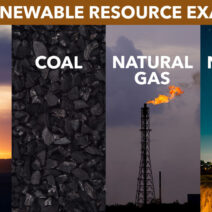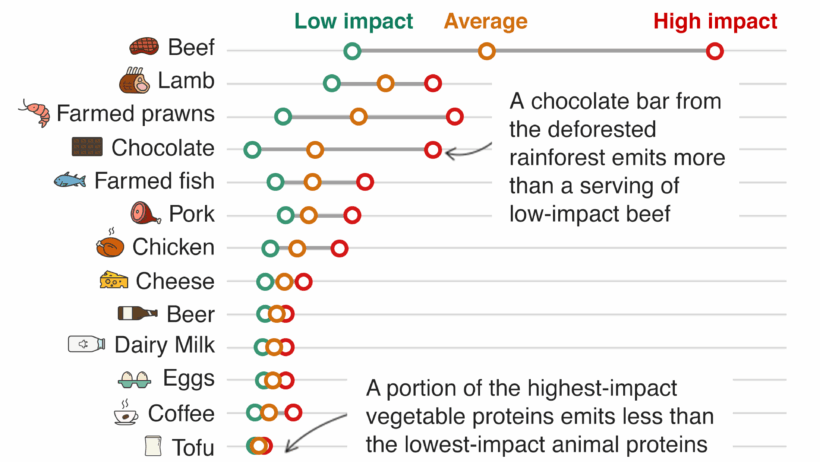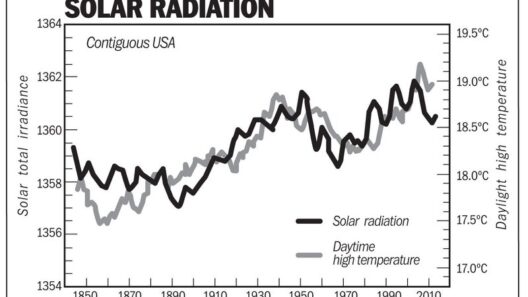As we delve into the complexities of climate change, one of the most insidious contributors that often goes unnoticed is the meat industry. Have you ever wondered what impact your steak dinner might have on the environment? This question, simple yet profound, invites us to explore the massive carbon footprint associated with meat production. The challenge posed will urge us to reflect on our dietary choices and consider alterations for a sustainable future.
The meat industry is a colossal enterprise that serves as a primary source of protein for millions globally. However, this consumption comes at a significant cost to our planet. The environmental implications of meat production are vast and multifaceted, encompassing greenhouse gas emissions, deforestation, water consumption, and biodiversity loss. The question remains: how does the industry drive global warming, and what can we do about it?
First, let’s dissect the greenhouse gases emitted through meat production. Cattle, for instance, are notorious for their methane emissions, a greenhouse gas far more potent than carbon dioxide in the short term. Methane is produced during digestion and is released into the atmosphere through belching. Research indicates that beef production contributes significantly to greenhouse gas emissions—approximately 60% of all livestock emissions can be traced back to cattle alone. When we add in other meats such as pork and chicken, the figures escalate further, contributing to the alarming rise in atmospheric temperatures.
The production of meat also requires extensive land resources. Forests are often cleared to create grazing land or to grow feed crops. This deforestation results not only in the loss of habitats for innumerable flora and fauna but also releases vast amounts of carbon dioxide previously stored in trees. In essence, the more meat we consume, the more land we necessitate, exacerbating the crisis of climate change. Furthermore, land conversion leads to soil degradation, which diminishes its capacity to sequester carbon, creating a vicious cycle that perpetuates environmental deterioration.
Water consumption is another critical aspect of meat production. It is estimated that it takes over 1,800 gallons of water to produce just one pound of beef. This high water footprint raises concerns, especially in regions already grappling with water scarcity. To put it plainly, while we are enjoying a juicy burger, countless gallons of water are being drained from ecosystems, threatening the sustenance of communities and wildlife alike.
The biodiversity crisis cannot be overlooked either. The expansion of animal agriculture is a leading factor contributing to the extinction of numerous species. As habitats are destroyed and ecosystems are disrupted, the delicate balance of nature is thrown into disarray. From insects to large mammals, the ramifications are widespread and often irreversible. Every bite of meat consumed is potentially another step toward the loss of biodiversity.
Addressing the massive footprint of the meat industry calls for personal and collective action. As consumers, our choices have a profound impact. Reducing meat consumption, particularly red meat, can significantly lower our individual carbon footprints. The challenge is, can we as a society transition toward more sustainable dietary habits? Embracing plant-based diets, even just for a portion of the week, may lead to substantial environmental benefits. Initiatives such as “Meatless Mondays” can spark a broader movement towards reduced meat consumption, providing a straightforward yet impactful solution.
Moreover, sustainable farming practices offer a hopeful avenue for change within the industry itself. Regenerative agriculture, which focuses on restoring soil health and promoting biodiversity, presents a promising alternative to conventional methods. By prioritizing animal welfare and the environment, this approach can help mitigate the adverse effects of meat production while supporting farmers economically. Consumers play a crucial role by supporting sustainably produced meat and advocating for policies that encourage ethical practices.
Another pivotal area lies in the technological advancements shaping the future of the meat industry. Lab-grown meat, or cultured meat, is an innovative solution that could revolutionize how we produce animal protein. By cultivating meat in a lab setting, the necessity for extensive land use, water consumption, and methane emissions can be reduced substantially. While this technology is still in its infancy, its potential to reduce the ecological footprint of meat production cannot be overlooked.
Education and awareness are paramount in addressing the issues surrounding meat consumption. Many individuals remain unaware of the ecological consequences tied to their dietary choices. Public discourse, informed by scientific research and environmental advocacy, can help raise awareness, leading to more conscientious consumption. Educational campaigns highlighting the benefits of plant-based diets and the environmental repercussions of meat consumption can pave the way for a more sustainable future.
In conclusion, the profound implications of the meat industry on global warming merit serious consideration. While the challenges are formidable, the opportunity for change is ripe. By examining our dietary habits, supporting sustainable practices, and advocating for technological innovations, we can collectively mitigate the environmental impacts of meat production. The question is not merely about abstaining from meat; it’s about embracing the wisdom of our choices and reimagining our relationship with food in a world demanding urgent climate action.
Are you ready to take on the challenge and explore sustainable alternatives to meat? This small shift in mindset could ultimately contribute significantly to the planet’s health and our own longevity.








